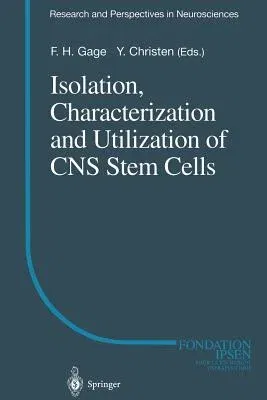Isolation, Characterization and Utilization of CNS Stem Cells (Softcover Reprint of the Original 1st 1997)Paperback - Softcover Reprint of the Original 1st 1997, 22 December 2011

Qty
1
Turbo
Ships in 2 - 3 days
In Stock
Free Delivery
Cash on Delivery
15 Days
Free Returns
Secure Checkout
Part of Series
Research and Perspectives in Neurosciences
Print Length
198 pages
Language
English
Publisher
Springer
Date Published
22 Dec 2011
ISBN-10
3642803105
ISBN-13
9783642803109
Description
Product Details
Book Edition:
Softcover Reprint of the Original 1st 1997
Book Format:
Paperback
Country of Origin:
NL
Date Published:
22 December 2011
Dimensions:
23.39 x
15.6 x
1.14 cm
ISBN-10:
3642803105
ISBN-13:
9783642803109
Language:
English
Location:
Berlin, Heidelberg
Pages:
198
Publisher:
Weight:
303.91 gm

